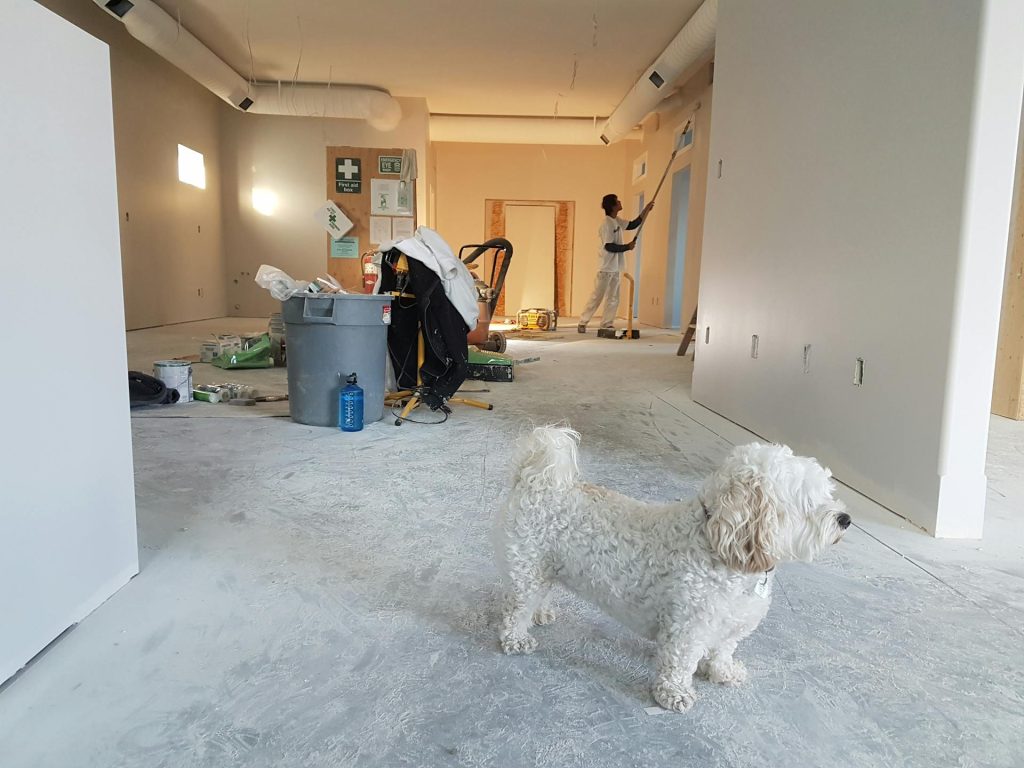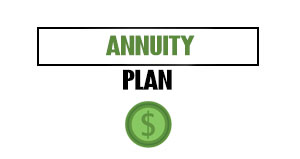Residential home improvement projects continue rising in the United States, even as labor and material costs increase. Homeowners with financial finesse often seek cost-effective, flexible ways to cover their home renovation projects.
Exploring financial options when pursuing renovations can help you reduce expenses and maximize your investment. Of course, each payment plan has several benefits and risks you must consider. From loans to personal savings and federal programs, choosing the best method can save you thousands of dollars in interest and fees.
Table of Contents
ToggleAssessing Your Financial Situation Before You Renovate
According to Angi’s 2024 State of Home Spending Report, baby boomers invested about $14,140 in home upgrades, while millennials spent $2,316 in essential maintenance. Trends for 2025 suggest that 22% of homeowners intend to paint their home, while 13% plan to update bathrooms with groutless showers, new fixtures, and floating vanities.
You might have a long checklist of renovations you would like to make, but you should evaluate your budget and savings first. Spending more than you have could create debt. Depending on your financial situation, you may or may not have a positive credit score with borrowing power.
People ages 40 to 49 have an average debt of $111,148 — the highest among all age groups. For this reason, you should select the most pressing and economical projects you can afford.
Paying with Cash — Pros, Cons, and When It Makes Sense
Although paying for your renovation in cash will require you to save for some time, you can avoid the hassle of loan approvals, credit card debt, and interest charges. It will also make you more cautious of your spending when you have a fixed amount to work with.
If you have set aside ample funds, paying in cash lets you start the project immediately rather than waiting for time-consuming financing. Some contractors offer a discount to cash payers because it eliminates credit card processing fees and the wait time to access reserves.
Cash payments make the most sense for minor renovations and emergency repairs. They are also preferable if you are determined to avoid debt. This approach may not be as feasible for large-scale construction, especially if you need to tap your emergency fund. About 30% of people have emergency funds covering three months, when experts recommend enough money for six months.
Home Equity Loans and HELOCs — Leveraging Your Home’s Value
Home equity loans and home equity lines of credit (HELOCs) are popular options for financing a major home renovation project. Your choice greatly depends on interest rates, your need for flexibility, and how you intend to use the funds.
With a secured home equity loan, borrowers use their home as collateral — if they can’t repay it, the lender can sell the home to recover the loan. You can use this secured loan for home improvements and other purposes, and it may help you save through tax-deductible interest. The risk is that you can go into foreclosure. You also receive the money in a lump sum and must begin repayments immediately over a set term at a fixed rate.
HELOCs work differently by leveraging your home equity — the difference between your home’s market value and mortgage balance. For instance, a $200,000 home with a mortgage balance of $150,000 would come to a home equity of $50,000.
A HELOC will be a second mortgage if you are still repaying your first mortgage. Although you can borrow money up to a specific credit line as needed, you may be subject to higher monthly payments if interest rates increase. You could also risk losing your home equity if the housing market drops, and your home may be used as collateral if you cannot repay the loan on time.
Personal Loans — Fast Funding with Fixed Terms
Unlike a home equity loan, personal loans do not require you to use your home as collateral. Fixed monthly payments also make it easier to plan your budget. However, this approach has caveats, including higher interest rates, smaller loan amounts, and shorter repayment terms.
Consider a personal loan for emergency repairs or short-term projects. Lenders typically limit amounts to $50,000, while those with excellent credit might be able to take out $100,000. If you think your project will exceed that amount, look at other options. Likewise, those with poor credit or debt may face high interest rates and unfavorable repayment terms.
Home improvements account for 7.5% of personal loans, but you must get the loan approved first. Boosting your income, improving your credit score, and lowering your debt-to-income ratio will increase your odds. Prequalifying for a personal loan will also demonstrate to a lender that you are a serious borrower.
Credit Cards — When and When Not to Use Them
Credit cards may be most suitable for smaller renovation expenses, well-planned projects, and emergency repairs. However, you can end up in financial jeopardy if you use them for significant, long-term residential improvements. Look for 0% APR credit cards for large purchases, allowing you to split payments without accruing interest.
The right credit cards can help you earn rewards and improve your credit score. Just be mindful of the risks, including carrying a large balance with high interest and not having a clear reimbursement plan. Some contractors also charge a processing fee when using this method.
It is crucial to pay off your balance in full each month, track your spendin,g and use cash-back rewards strategically. Additionally, you should protect yourself with radio frequency identification (RFID) blockers in your wallet or purse. Malicious actors can easily intercept your credit card information by standing near you with RFID devices, stealing over $1 billion annually from consumers and financial institutions.
Reducing Out-of-Pocket Costs With Federal Programs and Incentives
Your major renovation may be eligible for federal energy-efficiency tax credits, such as the Energy-Efficient Home Improvement Credit and the Residential Clean Energy Credit. Specific improvements may qualify for a tax credit up to $3,200 through December 31, 2025.
The Weatherization Assistance Program also helps low-income households save about $372 annually by providing weatherization upgrades that enhance energy efficiency and indoor air quality.
You can also check with your state energy office and local utility company to see if they offer rebates, grants, and tax credits for residential renewable energy projects. These programs and incentives can lower your monthly bills and out-of-pocket costs for new appliances and home technologies.
Is Cash-Out Refinancing Still a Good Idea?
In today’s high-interest-rate landscape, it is not wise to pursue cash-out financing. This approach replaces your existing mortgage with a larger one — a poor financial decision for those locked into a low rate.
According to Freddie Mac, current interest rates are trending downward to 6.5% for a 30-year fixed-rate mortgage. As a result, refinancing applications have increased by 47%, the highest since October 2024.
Although cash-out refinancing may benefit some people, you are still better off paying for home improvements through home equity loans, HELOCs, personal loans, and personal savings.
Comparing Your Home Renovation Payment Options
Deciding how to pay for your major home renovation requires careful consideration and planning. To make the best selection, you must assess the actual project cost, risks, flexibility, and long-term impact on your financial well-being.
Begin by evaluating the project itself. Is it a large-scale structural remodel or a more minor cosmetic improvement? Also, determine if you need the funds immediately for an emergency repair or if you can plan out your expenses over the project timeline. Another critical factor is the return on investment for your upgrade and whether it will increase your home value. You do not want to spend money on upgrades with little impact on long-term appraisals.
Once you have an estimate for the project, you should look into different payment options. How much money have you saved, and will it cover the entire renovation? Cash is king, but if you must borrow, do so smartly. Knowing your credit score will help you secure better interest rates and loan terms if you must finance part of the renovation.
Analyzing your home equity, debt-to-income ratio, and monthly income can help you decide whether a home equity loan or a credit card is the right approach. Also, ask yourself whether you can afford the monthly repayments for either route.
Finally, determine how much risk you are willing to endure, such as using your home as collateral for a secured loan. If you prefer to avoid debt entirely, it may be better to continue saving funds to pay for everything outright.
Making the Smartest Financial Choice for Your Home Renovation
Your dream renovation requires you to make wise financial decisions that balance your vision and budget. While you may not want to sacrifice aesthetic preferences, it is best not to spend more than you are comfortable with or that you can earn back through a higher property value.
Consider the available options based on your current financial standing and accurate cost estimates for your home improvement project. Always aim to boost your home value with thoughtful upgrades without overspending.
Image Credit: Photo by Cal David; Pexels















